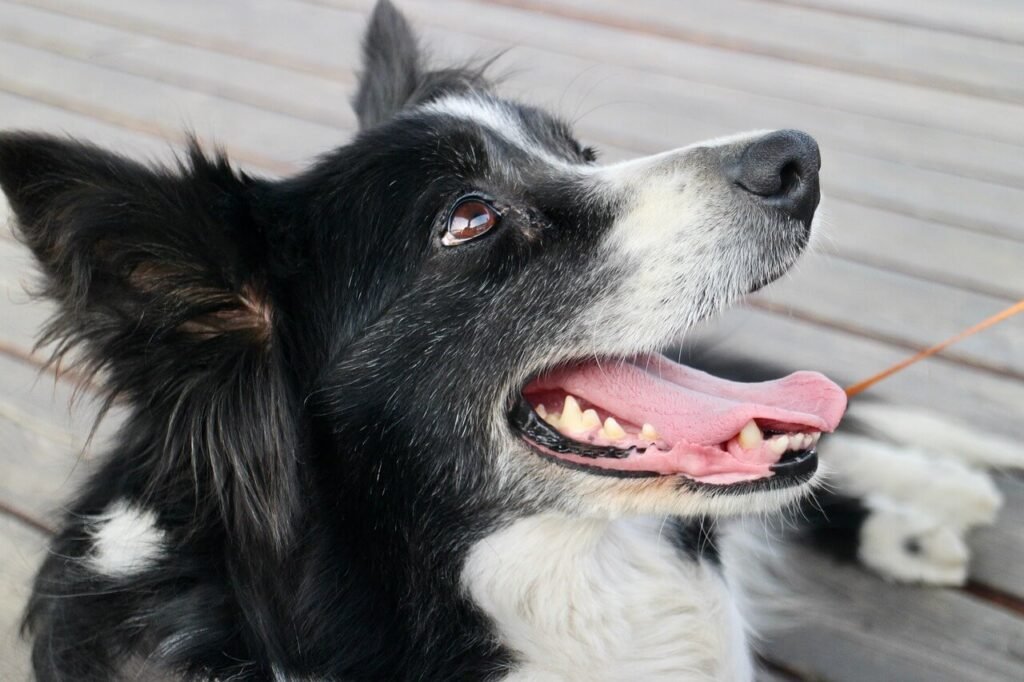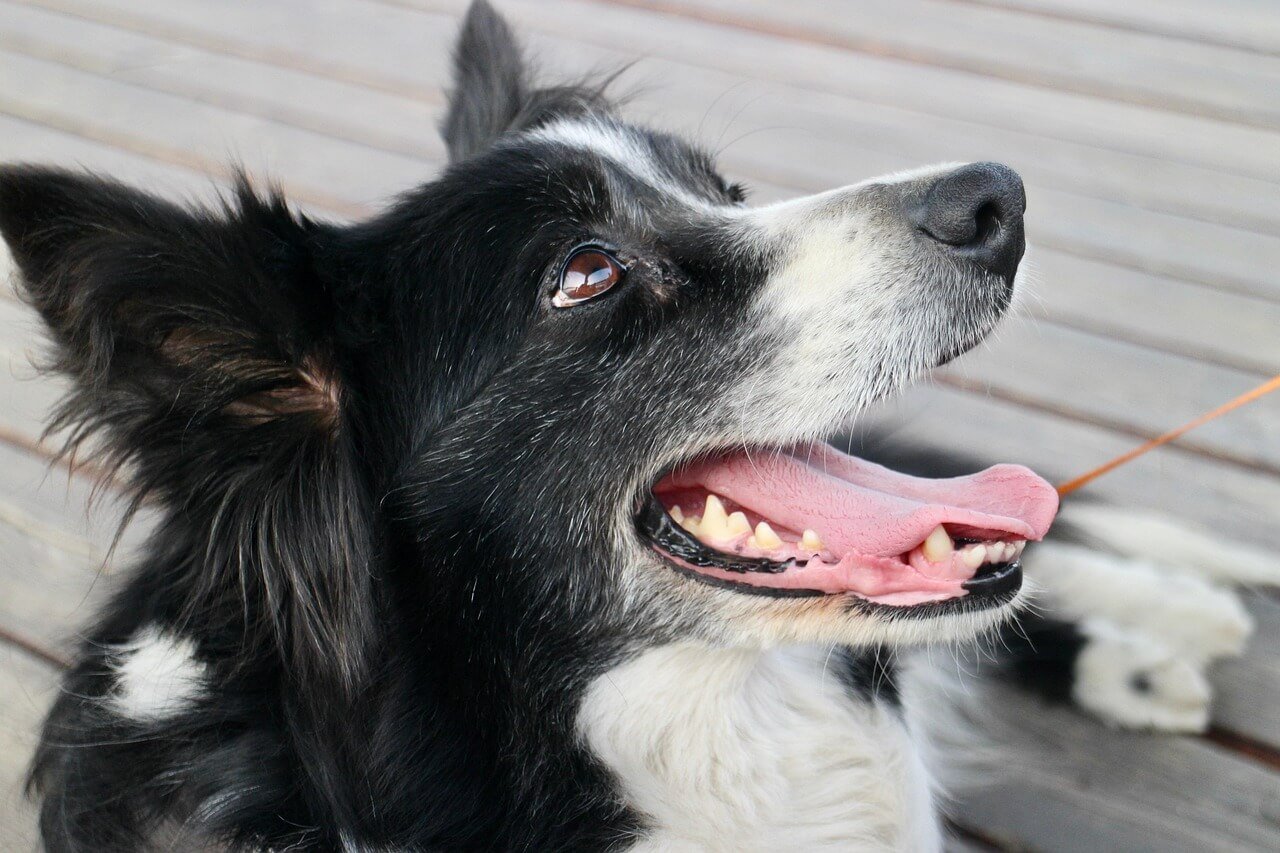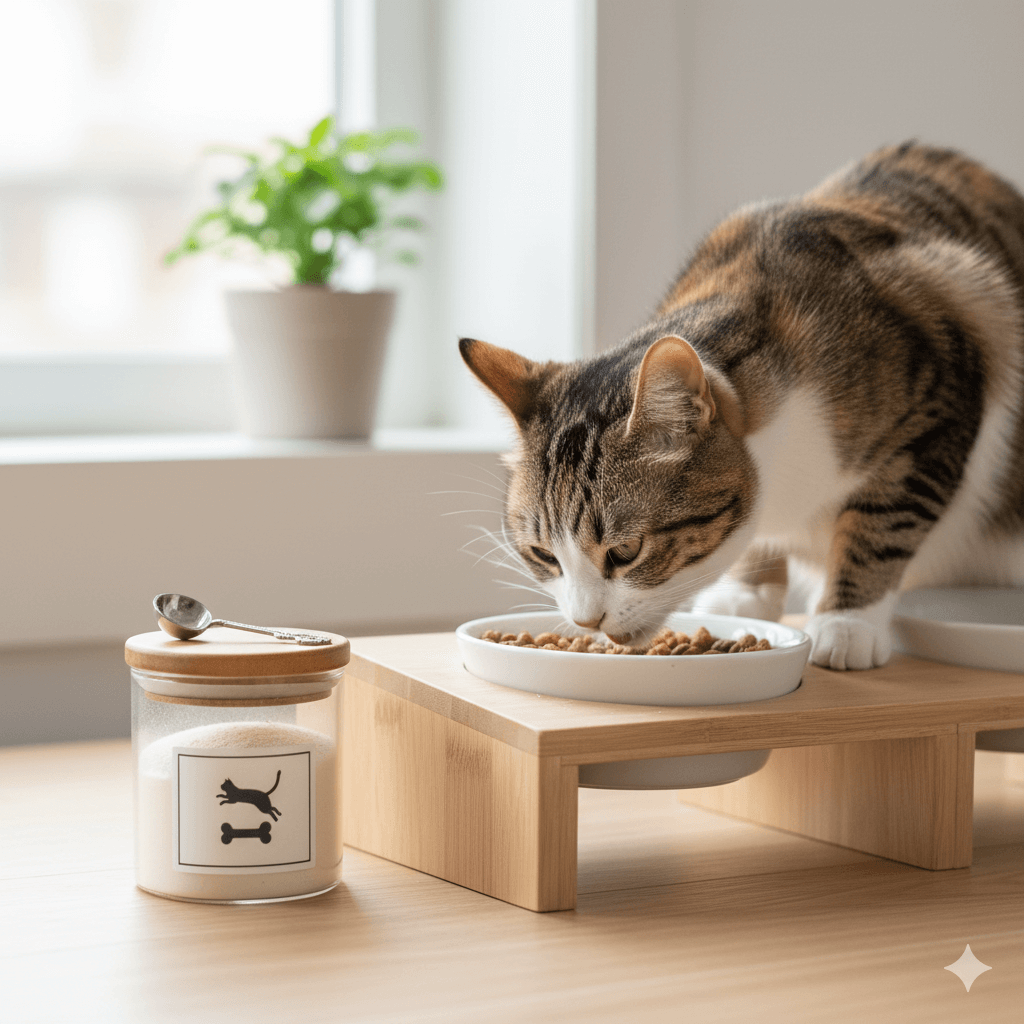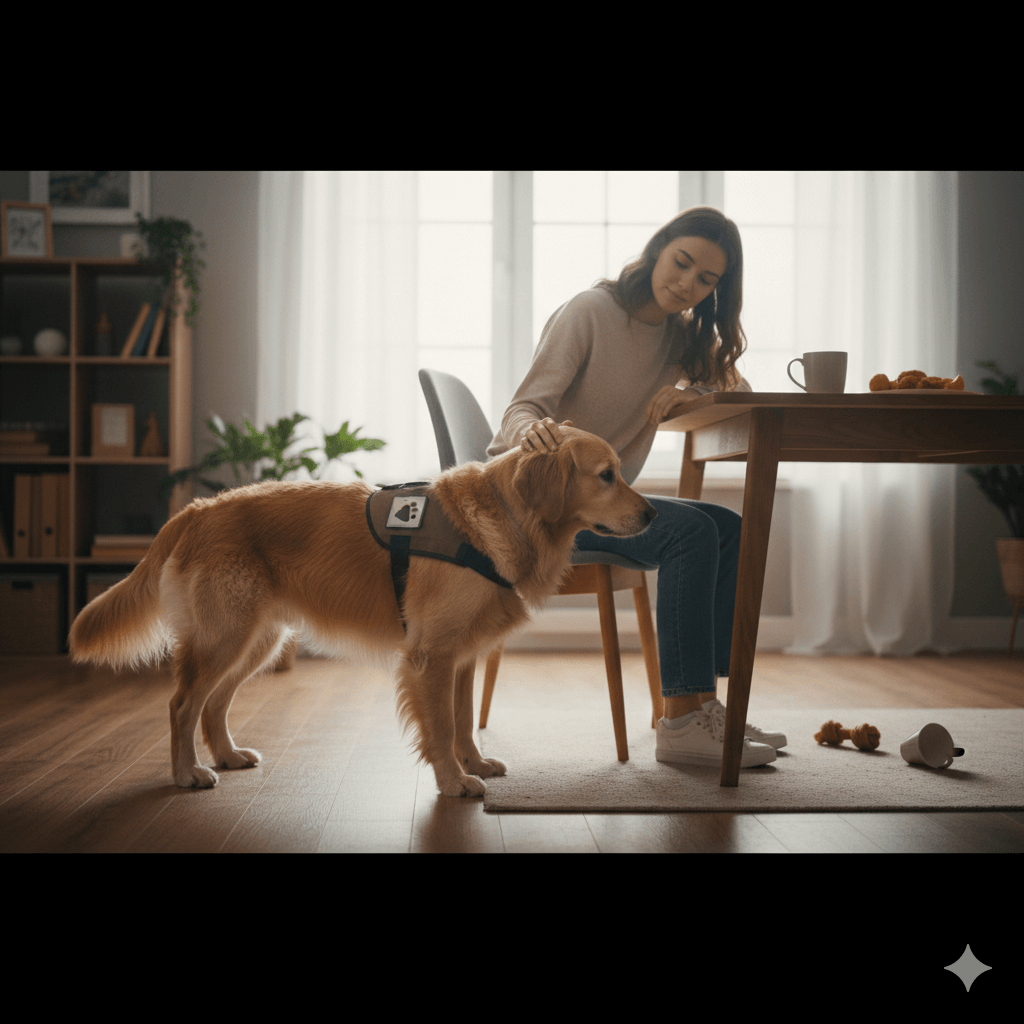What to Do If Your Dog Ate Toothpaste: A Guide for Pet Owners
As a pet owner, few things are as alarming as discovering that your furry friend has gotten into something they shouldn’t have. Whether it’s a chocolate bar, a stray sock, or even toothpaste, these moments can send you into a panic. Toothpaste, while seemingly harmless to us, contains ingredients that may pose risks to dogs depending on the type and amount ingested. This blog post will guide you through understanding why dogs might eat toothpaste, what dangers it could pose, and how to respond effectively if this happens in your home. By the end of this article, you’ll feel more prepared to handle this sticky situation with confidence—and ensure your pup stays safe.
Why Dogs Are Drawn to Toothpaste: Understanding the Behavior
Dogs are naturally curious creatures, and their sense of taste and smell often leads them to explore items we wouldn’t expect. Toothpaste, with its minty aroma and sweeteners, can be particularly enticing for some pups. Below are common reasons why dogs might find toothpaste irresistible:
Curiosity About New Scents: Dogs rely heavily on their noses, and the strong smell of toothpaste can pique their interest.
Mimicking Human Habits: If your dog sees you brushing your teeth regularly, they might associate the tube with something enjoyable.
Sweeteners in Toothpaste: Many toothpastes contain artificial sweeteners like xylitol, which can attract dogs due to its sugary taste.
Boredom or Anxiety: Some dogs chew on random objects when they’re feeling restless or anxious.
Exploration Through Taste: Puppies especially use their mouths to investigate unfamiliar objects.
While it’s understandable why dogs might want to nibble on toothpaste, it’s important to recognize the potential dangers early. Addressing this behavior promptly can prevent bigger issues down the line.
Potential Risks of Ingesting Toothpaste: What You Need to Know
If your dog has eaten toothpaste, it’s crucial to assess the situation carefully. While not all toothpastes are toxic, certain ingredients can cause adverse reactions in pets. Here’s an overview of what makes toothpaste potentially harmful:
Xylitol Poisoning Risk: Xylitol is a sugar substitute found in many human toothpastes and is highly toxic to dogs, leading to symptoms like vomiting, lethargy, and even liver failure.
Fluoride Toxicity: Fluoride, another common ingredient, can upset your dog’s stomach and, in large amounts, affect their nervous system.
Gastrointestinal Upset: Even without toxic ingredients, swallowing too much toothpaste can lead to diarrhea or vomiting.
Choking Hazard from Tubes: Chewing on a toothpaste tube itself could result in choking or intestinal blockages.
Allergic Reactions: Some dogs may have sensitivities to specific additives or flavors used in toothpaste formulas.
Understanding these risks allows you to act quickly if your dog consumes toothpaste. Remember, prevention is always better than dealing with the aftermath.
Check this guide 👉What Happens If Your Dog Ate Fertilizer? Best 7 Tips!
Check this guide 👉What Happens If Your Dog Ate Baking Soda? Best 7 Tips!
Check this guide 👉When Your Dog Ate Charcoal: Best 7 Health Tips!

Signs Your Dog Ate Toothpaste | Steps to Take Immediately |
|---|---|
Excessive drooling | Check the packaging for harmful ingredients |
Vomiting or retching | Contact your veterinarian right away |
Lethargy or weakness | Keep your dog calm and hydrated |
Pawing at the mouth | Do not induce vomiting unless instructed |
Difficulty breathing | Monitor closely for worsening symptoms |
Immediate Actions to Take After Your Dog Eats Toothpaste
When you discover your dog has consumed toothpaste, staying calm and acting swiftly is key. The steps below outline what you should do next:
Identify the Type of Toothpaste: Determine whether the toothpaste contains xylitol, fluoride, or other concerning ingredients.
Call Your Veterinarian: Provide details about the incident, including how much was ingested and when it occurred.
Observe Your Dog Closely: Watch for signs of distress such as vomiting, lethargy, or difficulty breathing.
Avoid Home Remedies Without Guidance: Never attempt treatments like inducing vomiting without professional advice.
Secure All Hazardous Items: Prevent future incidents by storing toothpaste and similar products out of reach.
Taking immediate action ensures your dog receives the care they need while minimizing potential harm.
Preventing Future Incidents: Tips for Pet Owners
Prevention is essential to keeping your dog safe from accidental ingestion of harmful substances. Consider implementing these strategies to avoid repeat occurrences:
Store Products Safely: Keep toothpaste, medications, and cleaning supplies in high cabinets or locked drawers.
Use Pet-Safe Alternatives: Opt for pet-friendly dental products specifically designed for dogs.
Supervise During Brushing Time: If you brush your dog’s teeth, ensure they don’t grab the toothpaste tube.
Provide Chew Toys: Offer engaging toys to redirect chewing behaviors away from household items.
Train Basic Commands: Teaching commands like “leave it” can help stop your dog from eating inappropriate things.
By taking proactive measures, you can significantly reduce the risk of accidents involving toothpaste or other hazards.
Signs Your Dog May Be Feeling Unwell
If your dog has eaten toothpaste, it’s important to recognize early signs of discomfort or illness. These symptoms can vary depending on the type and amount of toothpaste ingested. Here are some common indicators that your dog might be feeling unwell:
Vomiting or Diarrhea: These are typical reactions to gastrointestinal irritation caused by toothpaste ingredients.
Excessive Drooling: Drooling can indicate nausea or oral discomfort after consuming something unusual.
Lethargy or Weakness: A sudden lack of energy may suggest poisoning or toxicity from harmful substances like xylitol.
Loss of Appetite: If your dog refuses to eat, it could be a sign of an upset stomach or more serious issues.
Pawing at the Mouth: This behavior often signals irritation or pain in the mouth or throat area.
By staying alert to these signs, you can act quickly and seek veterinary care if necessary. Early intervention can make a significant difference in your dog’s recovery.
Safe Alternatives for Dental Care
Maintaining good dental hygiene is essential for your dog’s overall health, but using human toothpaste isn’t safe. Fortunately, there are pet-safe alternatives designed specifically for dogs. Here are some options to consider:
Dog-Specific Toothpaste: These products come in flavors like chicken or peanut butter and are formulated without harmful ingredients.
Dental Chews: Specially designed chews help reduce plaque and tartar buildup while satisfying your dog’s chewing instinct.
Finger Brushes: Gentle tools that allow you to clean your dog’s teeth without needing traditional toothbrushes.
Water Additives: These are easy-to-use solutions that freshen breath and promote oral health when added to your dog’s water bowl.
Regular Vet Check-Ups: Professional cleanings and advice from your vet ensure your dog’s teeth stay in top condition.
Switching to pet-safe dental care products ensures your dog’s hygiene routine is both effective and risk-free.
Training Tips to Prevent Curiosity-Driven Behavior
Training plays a vital role in preventing incidents where your dog eats things they shouldn’t. By teaching basic commands and reinforcing good behavior, you can minimize curiosity-driven accidents. Here are some training tips to keep in mind:
Teach “Leave It”: This command helps redirect your dog’s attention away from dangerous items like toothpaste tubes.
Reward Good Behavior: Positive reinforcement encourages your dog to follow instructions and avoid forbidden objects.
Practice Regular Recall Training: Ensuring your dog comes when called can prevent them from investigating risky areas.
Use Distraction Techniques: Offer toys or treats to divert their focus from tempting household items.
Consistency is Key: Regular practice and patience are essential to reinforce desired behaviors over time.
With consistent training, you can curb unwanted behaviors and create a safer environment for your furry friend.
Frequently Asked Questions About Dogs Eating Toothpaste
Is toothpaste dangerous for dogs?
It depends on the ingredients. Toothpaste containing xylitol or fluoride can be toxic, while others may only cause mild stomach upset.
What should I do if my dog eats toothpaste?
Identify the type of toothpaste, contact your vet immediately, and monitor your dog for any unusual symptoms.
Can I make my dog vomit if they ate toothpaste?
No, inducing vomiting should only be done under veterinary guidance, as it may worsen the situation.
Are there dog-safe toothpastes available?
Yes, many brands offer toothpastes formulated specifically for canine use, free of harmful ingredients.
How can I stop my dog from eating non-food items?
Training, providing appropriate chew toys, and securing hazardous items can help curb this behavior.
Stay Prepared and Keep Your Pup Safe
Accidents happen, but being informed and prepared can make all the difference when it comes to your dog’s health. From understanding why dogs eat toothpaste to knowing the steps to take if it occurs, this guide aims to empower you as a responsible pet owner. Remember, prevention is always the best approach—so keep those toothpaste tubes out of paw’s reach! With vigilance, proper training, and a little extra care, you can ensure your furry companion stays happy, healthy, and far away from sneaky snacks like toothpaste.
Understanding Bone Supplement for Cats: Best 7 Expert Tips! – Safe, vet-approved guidance for strong feline bones & balanced nutrition.
Bone Supplement for Dogs: Best 7 Expert Tips! – Expert guide to calcium, collagen & bone health for every life stage.
Understanding Can Cats Get Sunburn: Best 7 Expert Tips! – Protect your feline from UV damage with vet-backed prevention strategies.
How to Train a Seizure Alert Dog: Best 7 Expert Tips! – Learn expert-backed steps to nurture natural instincts into reliable, life-saving seizure alerts.





